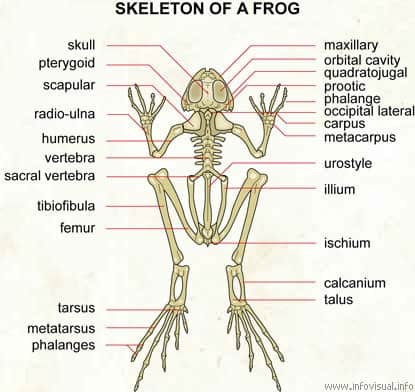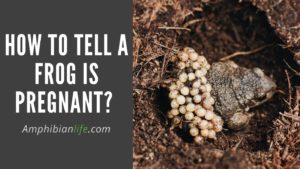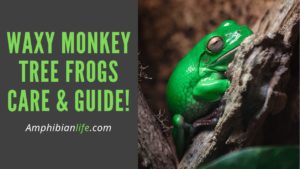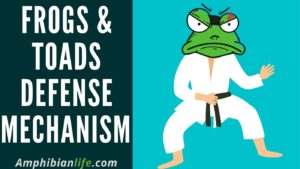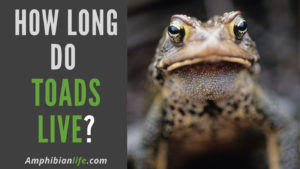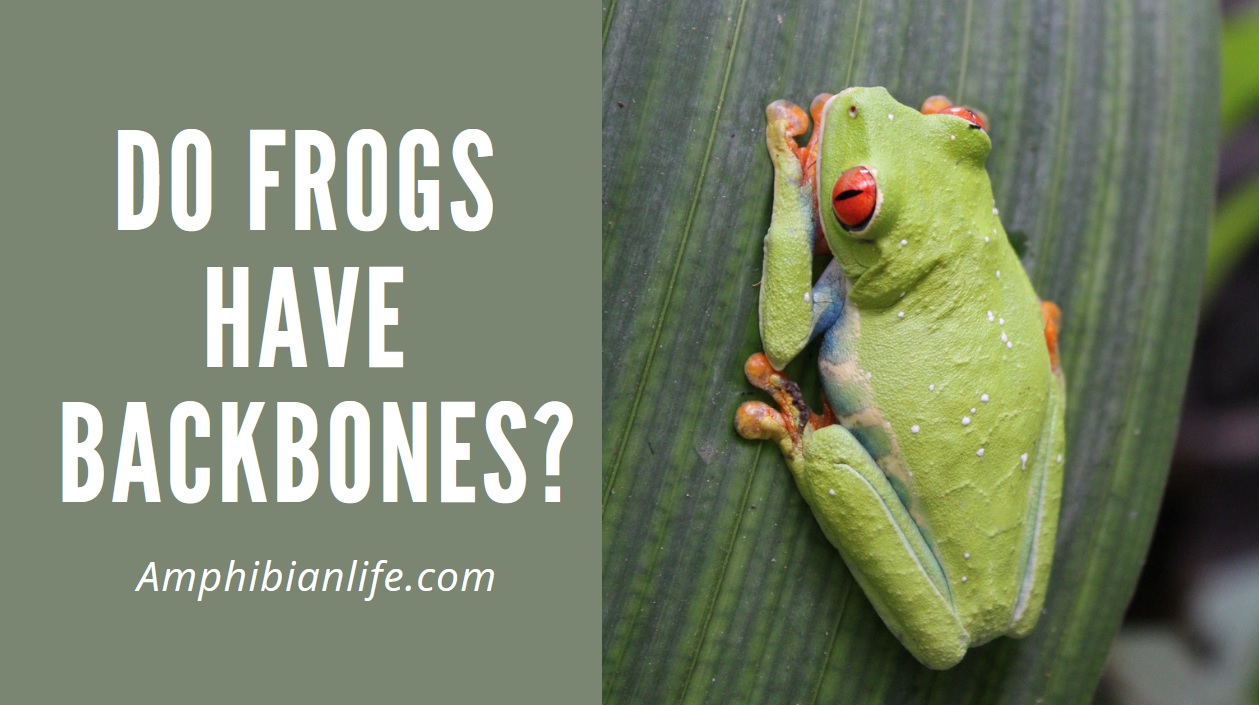
We all know what a frog looks like from the outside, but what about the inside? Do they have bones, and muscles, as humans do? And do frogs have backbones, like the human spine? Read on to find out…
Do frogs have backbones? Yes, they do!
Frogs are a type of animal with a full skeletal structure that includes a spinal cord or ‘backbone’. That is why they are “vertebrates”.
All amphibians are vertebrates. Having a backbone is part of the definition of an amphibian.
Why do frogs have backbones?
Vertebrates are animals with a full skeletal structure. Just like humans, frogs have bones in their body and they also have a spine.
And this spine is important when we talk about if an animal is a vertebrate or not.
You see, the term “vertebrate” is actually derived from the word “vertebrae” and this is a bone in the spinal cord. But how then is the spine composed?
A frog has a series of nerves running from his brain all the way down his back. These nerves need to be covered so that they aren’t damaged in certain situations.
These nerves are protected by a series of bones that are called vertebrae. Now, not only do they protect the spine of the frog.
It is also there to give the frog a better range of motion. Because of their better range of motion, they have an advantage over less-evolved species of vertebrates.
Below is an image of the skeleton of a frog. That is where you can see all the bones and also where the spine, the vertebrae, and the spinal cord is located.
Do frogs have backbones to help them move better?
The spine is extremely vital for movement. It is the central support structure for frogs that connects the different parts of the frogs’ skeleton to each other.
His head, chest, arms, and legs (and other parts of the body).
As you now know the spine is made up of a chain of bones. And this spine is flexible because of the elastic ligaments that are in there.
Because of this flexibility, the frog can move the way it wants to.
A good example of this is the very short backbones that frogs have. This short backbone connects to a large hipbone and this is not for nothing.
It is the way it is to support their very powerful leg muscles. This, in turn, helps with jumping far and high.
If you want more information about that, I wrote an article about the strong legs of a frog and how far he can jump because of his legs, tendons, and structure. You can find it here.
How Are Frogs Similar to Other Land Vertebrates?
Frogs are similar to other vertebrates in more ways than you might think.
Like us, the frog has the same kinds of organs and systems of organs. This means that the body of a frog works in a similar fashion to ours.
Frogs have a heart, lungs, a liver that secretes bile and helps digest food, and a urinary bladder that collects and stores urine until it is released. All just like humans.
But this is not the only way in which frogs are similar to other vertebrates.
Frogs have an endoskeleton, which means that they have an internal skeleton, such as the bony skeleton we have.
They have a dorsal hollow nerve cord just like many other vertebrates and they have a closed circulatory system.
Now there are also some things that make them different from other vertebrates and the things that make them different are:
- Frogs don’t have ears like other vertebrates. They have earholes to hear, but no real “outer ears”.
- All Frogs are cold blooded
- Frogs have to be near or in the water for a great part of their lives. This is certainly different from other land vertebrates.
Do Tadpoles Also Have a Full Skeletal Structure?
No tadpoles don’t have a full skeletal structure and therefore also have no backbones, yet!
Tadpoles do have a soft, flexible cartilaginous skeleton that does grow into a full skeletal structure when they mature into an adult frog.
What Group of Vertebrates Are Frogs In
Frogs belong to the group of vertebrates that are called amphibians. Now the name amphibian means 2 things and comes from the Freek word amphibious.
This means “living a double life” and is given because of the fact that amphibians (including frogs) live on land and on water.
Although this is not entirely true because some species stay on land permanently and some species stay in the water.
Are There a Lot Of Vertebrate Species?
Currently, there are around 65.000 species that we call vertebrate animals.
Now you may think that this is a lot, but I would like you to imagine that the vertebrates make up only around 3% of the animals on the earth.
Fun Facts about Vertebrates:
- Frogs can breathe through their skin.
- Vertebrates are considered much more intelligent than invertebrates
- There is an animal called the hooded seal and he has the shortest childhood of any mammal.
- The hooded seals are considered adults when they are only 4 days old.
The Smallest Vertebrate is a Frog
In 2012 there was some exciting news in the science world.
The news was that they discovered a frog species so tiny that they are now recognized as the smallest vertebrate in the world.
This tiny frog that is from New Guinea is only about 7.7 millimeters in length.
This is not only interesting from just a discovery standpoint, but it is also really because this gives researchers new information about the function of vertebrate bodies.
The tiny frog called P. amauensis has a lifespan of about a year.
Related Questions
What is the biggest vertebrate? The biggest vertebrate is the blue whale, which can grow to over 100 feet long and weigh about 400.000 pounds
How many groups of invertebrate groups are there? Now that you know that frogs are vertebrates and which vertebrate groups there are, you may want to know what groups of invertebrates are there.
You can assign the invertebrates to six groups:
- Arthropods (insects, spiders, and such),
- Cnidarians (These are the jellyfish, corals, and sea anemones),
- Echinoderms (In the groups you find the starfish, sea cucumbers, and sea urchins),
- Mollusks (this group contains snails, slugs, squids and octopuses),
- Segmented worms (earthworms and leeches,)
- Sponges.
Of course, this is very broad because you find many, many variations within each of these groups.
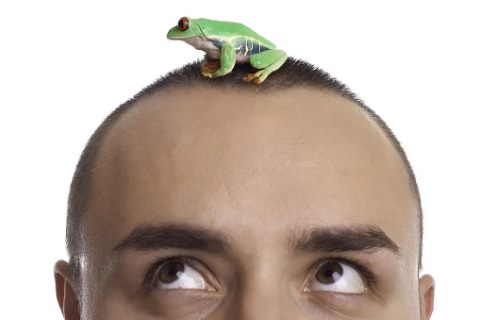
Hi, I’m Mike, and I’m the creator of amphibianlife.com. If there was one word to describe it? It would be: passionate about Amphibians! Whether you want to know more about amphibians or have a presentation to give at school, you’ve come to the right place.

